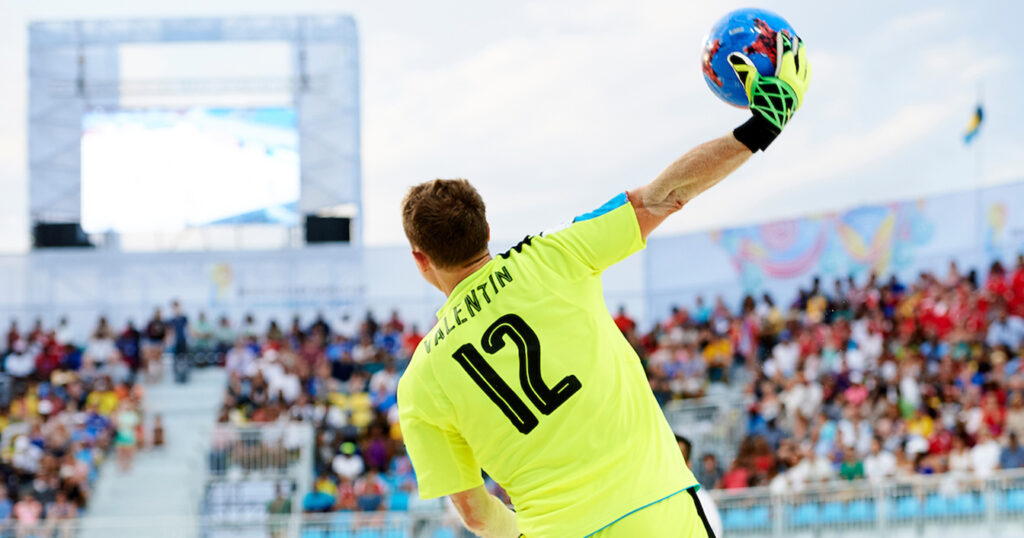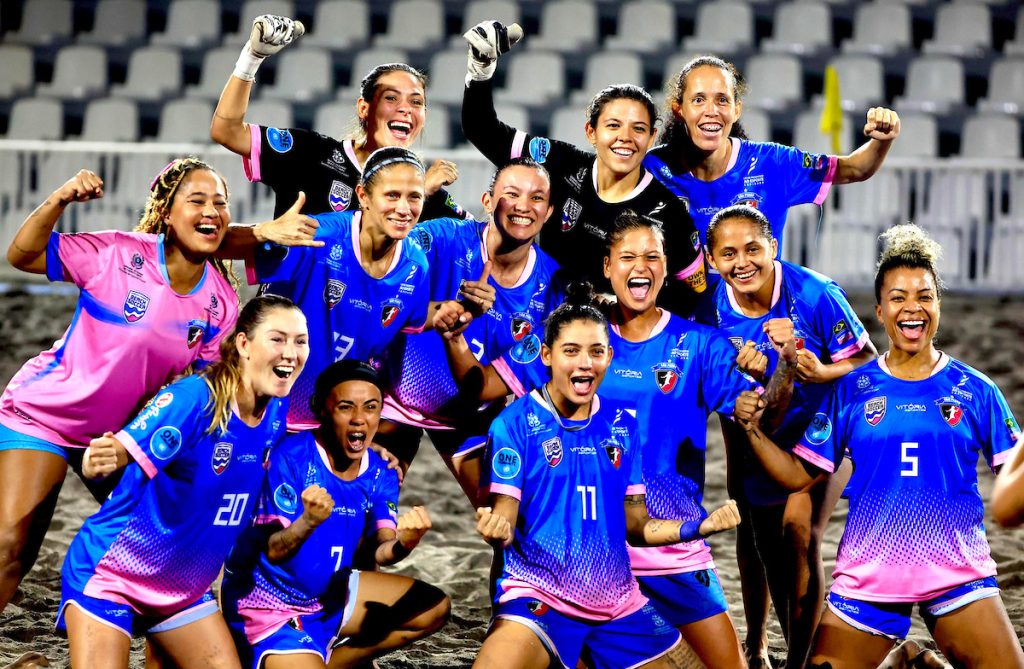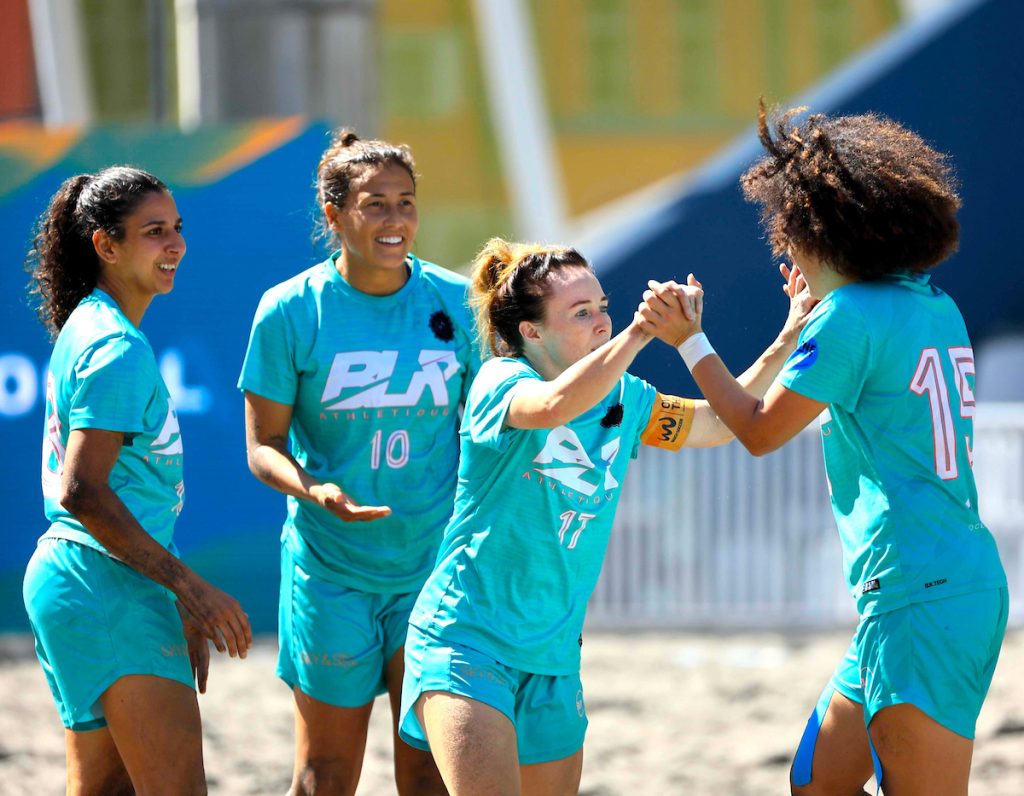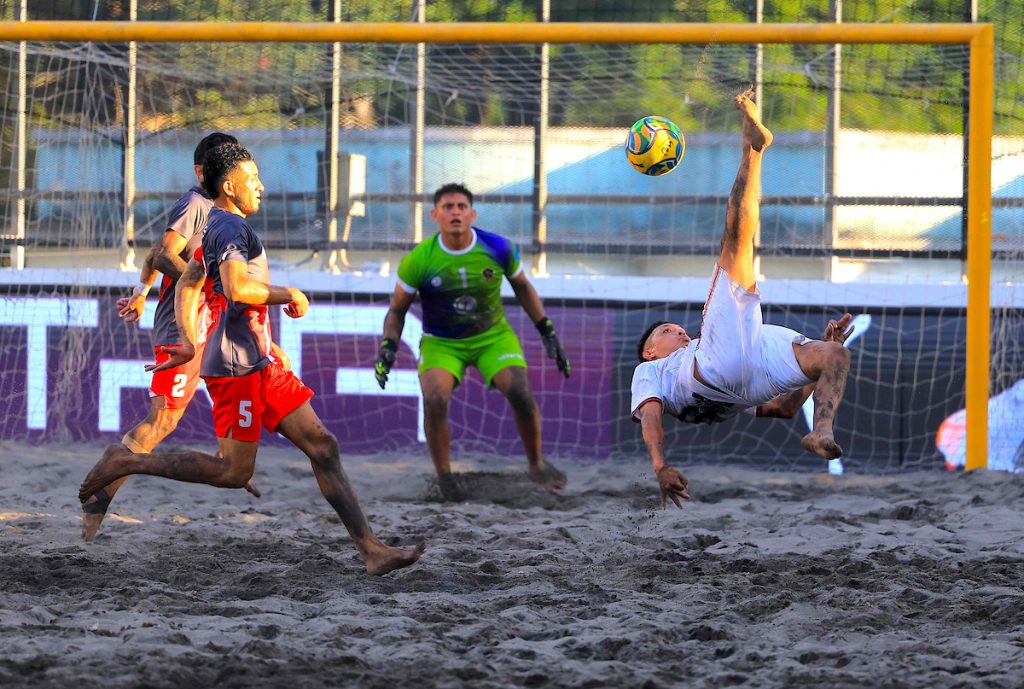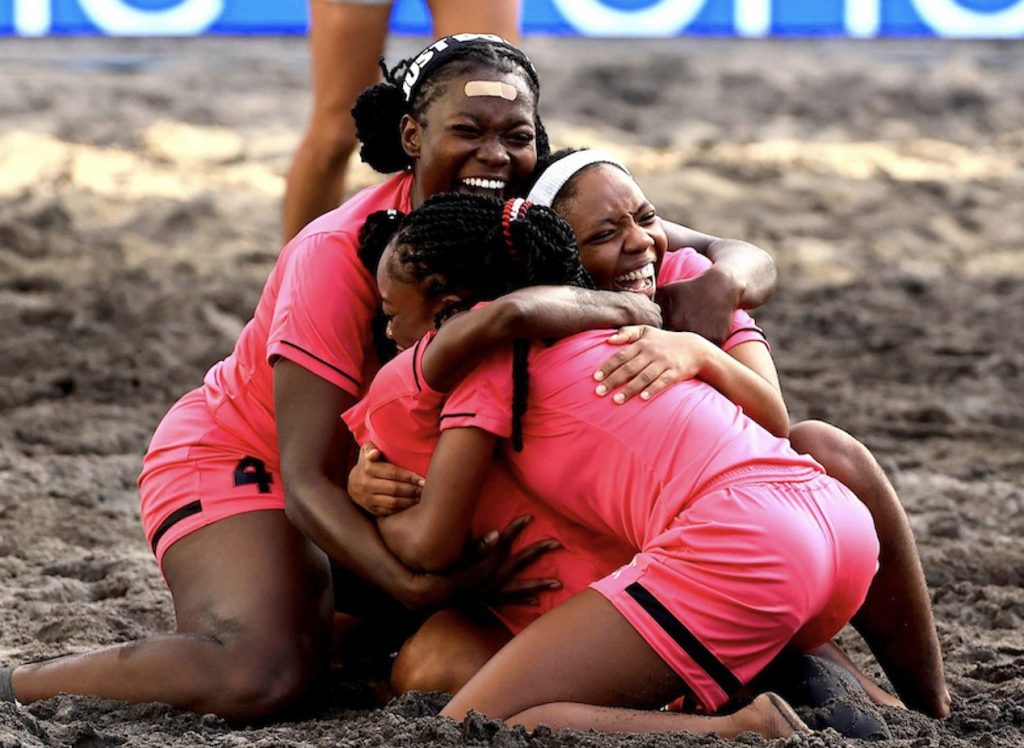Take a look what the analysis by FIFA’s Technical Study Group unearthed.
While thousands tuned in from across the globe to catch a glimpse of the FIFA Beach Soccer World Cup across April and May, few will have watched with quite the same intensity or scrutiny of the FIFA Technical Study Group.
Comprised of former Spain international Ramiro Amarelle and Ross Ongaro of Canada, the TSG settled in at the National Beach Soccer Arena at Malcolm Park to catch every second live – recording and analysing every movement in order to break down the latest trends in the game.
The information gathered by the TSG at every tournament is then dissected and debated further across a series of discussions before the final report is published.
Catching up with Amarelle during the tournament in Nassau, we sought to find out what had stood out in this year’s FIFA Beach Soccer World Cup.
“I think in this World Cup, we can see the improvement of goalkeepers,” he explained. “This is the biggest difference from the last one – the level overall has improved but I think the key player has been the goalkeeper.
“They control most of the play and most teams give their goalkeepers the responsibility to start to play, choose the best option and most with feet, although some go with hands. Italy and Brazil are good examples of teams that go only with their hands.
“Others like Iran, Switzerland show us how to play with a goalkeeper in a different system, which can be more spectacular and can create more superiority with their situations. This gives you the chance to play aerially, with skills and with a brand that is good for the ‘show’.
“On the other side we have some teams who can block that and it makes for a static flow to the game. This is something we need to analyse more.”
While goalkeepers had evidently upped their game, often getting the better of their outfield counterparts in penalty situations, the overall level of play had also jumped up a notch at an event where three nations made their World Cup debuts.
“The level of the players physically and technically, with bicycle kicks and volleys for example, they improve so much,” added Ramiro – himself a former World Cup MVP.
“You can see how much more power they have, they produce bicycle kicks from wherever they want and in the right way. It means these teams, especially the ones who went far into the tournament, have been working harder, improving, with long-term programmes and you can see that.
“I’m sure, the general level is higher than ever. there’s more quality, better decisions, they are better equipped to fight one on one, harder, faster stronger, and they control the ball. They may miss, or make mistakes, but in general today players can produce better quality than before.”
The Bahamas were among those debuting at the highest level of the game along with Ecuador and Panama, with the hosts picking up a landmark first success at the tournament against the South Americans.
Alexandre Soares’ men finished third in Group A but Amarelle is confident that a long-term structure for less traditional beach soccer nations such as The Bahamas can pay dividends.
“Teams need experience and time, it was a great experience for the fans and the country because you are hosting a World Cup, you have a big chance to play against the best,” he continued.
“What the World Cup showed them is that they need a process, they worked hard and put great effort in but the process needs time.
“In the short term you can work hard but to arrive with high level teams consistently you need years and lots of competitions. You need international experience for your players and put yourself up against different and better players.”









